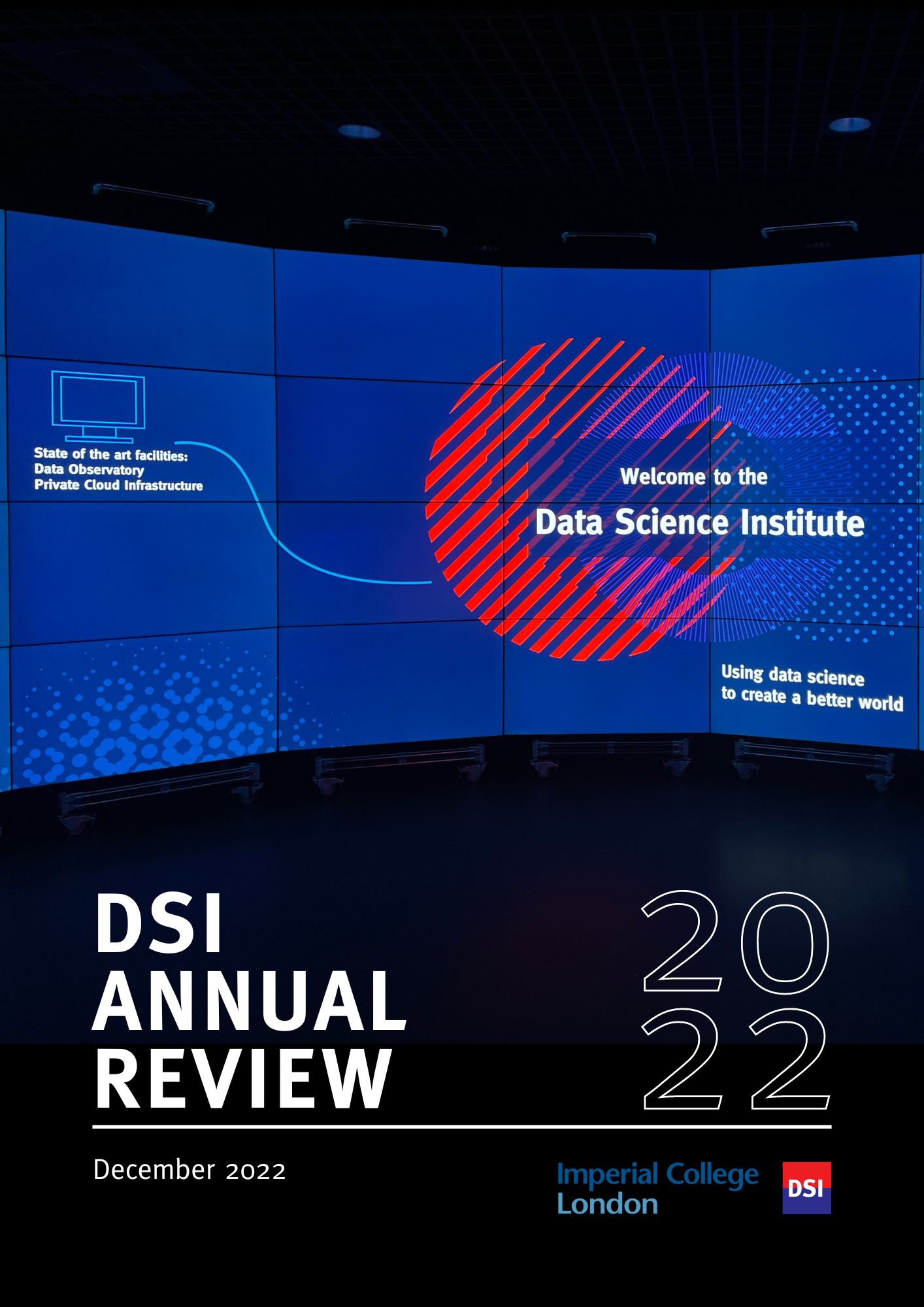BibTex format
@inproceedings{Robinson:2018:10.1007/978-3-030-00937-3_66,
author = {Robinson, R and Oktay, O and Bai, W and Valindria, V and Sanghvi, MM and Aung, N and Paiva, JM and Zemrak, F and Fung, K and Lukaschuk, E and Lee, AM and Carapella, V and Kim, YJ and Kainz, B and Piechnik, SK and Neubauer, S and Petersen, SE and Page, C and Rueckert, D and Glocker, B},
doi = {10.1007/978-3-030-00937-3_66},
pages = {578--585},
publisher = {Springer Verlag},
title = {Real-time prediction of segmentation quality},
url = {http://dx.doi.org/10.1007/978-3-030-00937-3_66},
year = {2018}
}
RIS format (EndNote, RefMan)
TY - CPAPER
AB - Recent advances in deep learning based image segmentationmethods have enabled real-time performance with human-level accuracy.However, occasionally even the best method fails due to low image qual-ity, artifacts or unexpected behaviour of black box algorithms. Beingable to predict segmentation quality in the absence of ground truth is ofparamount importance in clinical practice, but also in large-scale studiesto avoid the inclusion of invalid data in subsequent analysis.In this work, we propose two approaches of real-time automated qualitycontrol for cardiovascular MR segmentations using deep learning. First,we train a neural network on 12,880 samples to predict Dice SimilarityCoefficients (DSC) on a per-case basis. We report a mean average error(MAE) of 0.03 on 1,610 test samples and 97% binary classification accu-racy for separating low and high quality segmentations. Secondly, in thescenario where no manually annotated data is available, we train a net-work to predict DSC scores from estimated quality obtained via a reversetesting strategy. We report an MAE = 0.14 and 91% binary classifica-tion accuracy for this case. Predictions are obtained in real-time which,when combined with real-time segmentation methods, enables instantfeedback on whether an acquired scan is analysable while the patient isstill in the scanner. This further enables new applications of optimisingimage acquisition towards best possible analysis results.
AU - Robinson,R
AU - Oktay,O
AU - Bai,W
AU - Valindria,V
AU - Sanghvi,MM
AU - Aung,N
AU - Paiva,JM
AU - Zemrak,F
AU - Fung,K
AU - Lukaschuk,E
AU - Lee,AM
AU - Carapella,V
AU - Kim,YJ
AU - Kainz,B
AU - Piechnik,SK
AU - Neubauer,S
AU - Petersen,SE
AU - Page,C
AU - Rueckert,D
AU - Glocker,B
DO - 10.1007/978-3-030-00937-3_66
EP - 585
PB - Springer Verlag
PY - 2018///
SN - 0302-9743
SP - 578
TI - Real-time prediction of segmentation quality
UR - http://dx.doi.org/10.1007/978-3-030-00937-3_66
UR - https://link.springer.com/chapter/10.1007%2F978-3-030-00937-3_66
UR - http://hdl.handle.net/10044/1/60750
ER -

